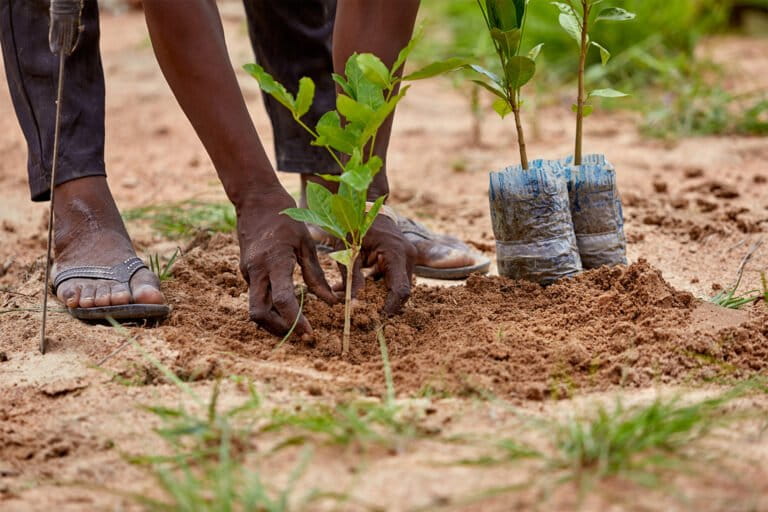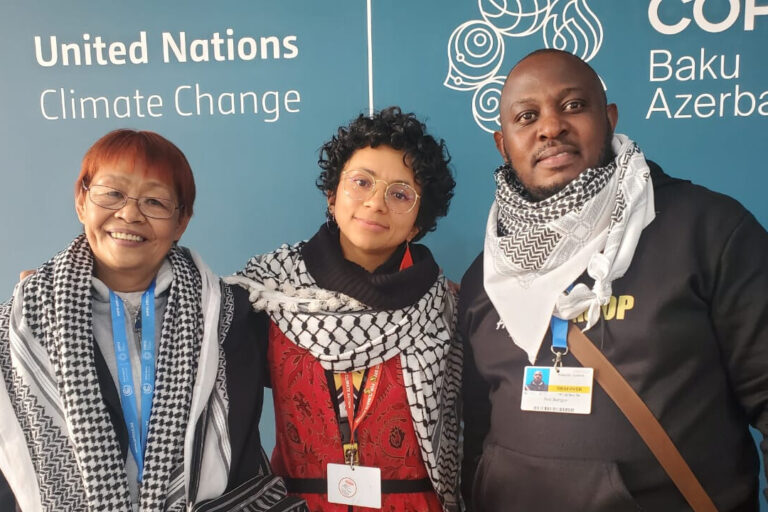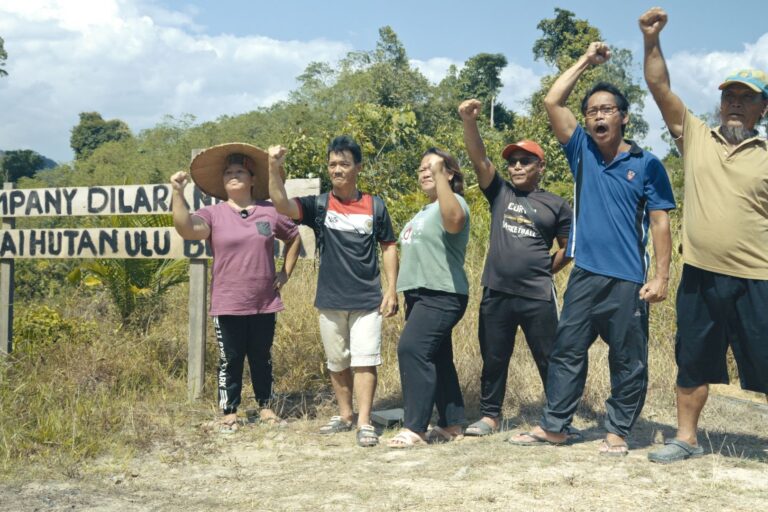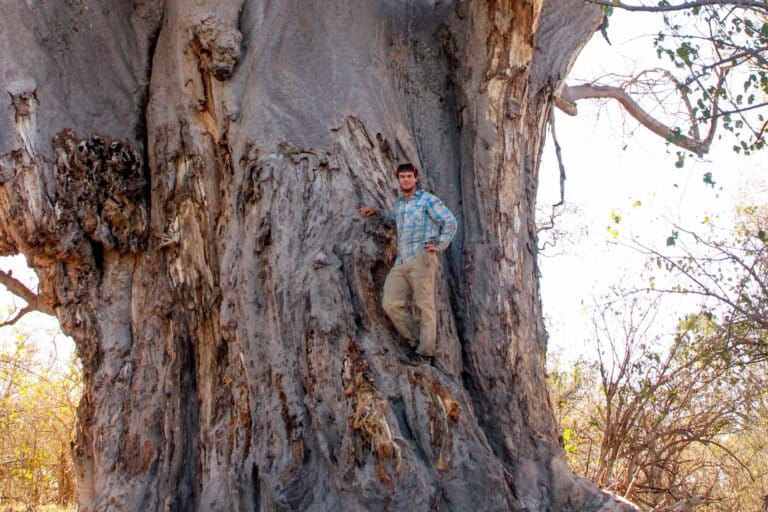- Some 125 palm oil and pulp companies have committed to restoring a combined 14,000 square kilometers (5,400 square miles) of degraded peatlands that fall within their leases over the next eight years.
- The move is part of government-driven efforts to prevent a repeat of the massive land and forest fires that flared up in 2015, largely as a result of peatlands being drained for planting and rendered highly combustible.
- At the heart of the rehabilitation work is the extensive blocking of drainage canals, which aims to restore moisture to the peat soil.
JAKARTA — More than a hundred palm oil and pulp companies in Indonesia have pledged to restore a combined area of peat forest the size of the state of Connecticut, in response to government measures to prevent a repeat of the disastrous fires of 2015.
Eighty of the companies are palm oil planters and 45 are pulp and paper firms, according to the Ministry of Environment and Forestry. Of these, 49 palm oil companies and 31 pulp companies have had their plans approved by the ministry.
Karliansyah, the ministry’s head of environmental pollution and damage control, thanked the pulp companies in particular for cooperating with the ministry since late last year to finalize restoration plans for peatlands that lie inside their leases. Those companies have agreed to block the canals initially dug to drain the peatlands in preparation for planting, and to rehabilitate nearly 5,200 square kilometers (2,000 square miles) of degraded peatlands.
Together with the palm oil companies, they plan to restore at least 14,000 square kilometers (5,400 square miles) of their concessions that fall within protected areas by 2026.
The restoration project is mandated by the Indonesian government under various policies, issued in the wake of the 2015 fires, to protect the carbon-rich peat forests.
Land and forest fires have been an annual occurrence in the country over the past two decades, and peaked in 2015 with widespread blazes and a resultant massive haze, stoked in large part by the drainage of Indonesia’s vast peat swamps that rendered them highly combustible. Combined with slash-and-burn clearing, the results proved disastrous.
Smoke from the fires that year sickened half a million Indonesians, according to government estimates, and drifted into neighboring countries. At the height of the disaster, the daily emissions of carbon dioxide as a result of the burning exceeded those from all U.S. economic activity.
Karliansyah, who, like many Indonesians, goes by one name, said it was crucial that the companies make good on their commitments in order to avoid a disaster on a similar scale.
“Next year, we’ll face a dry season,” he said. “Hopefully, these companies can encourage other companies” to do the same.
Indonesia’s weather agency is predicting drier-than-usual conditions in parts of the country starting in May, as a result of the La Niña weather system, which raises the risk of fires breaking out and sustaining.
Key to preventing this is blocking the drainage canals and allowing the soil to retain water once again. The goal is to ensure that the peat layer stays moist down to a government-mandated 40 centimeters (16 inches) below the surface, Karliansyah said.
“I see some companies have managed to do that. Around 70 percent have met the standard. So the risk [of fires] can be reduced,” he said.
Among those that have committed to the initiative is PT Satria Perkasa Agung, a pulp and paper company that operates in Sumatra’s Riau province, the region worst-affected by the fires and haze in 2015. The company has pledged to conserve the 254 square kilometers (98 square miles) of protected areas that account for a third of its concession.
“The key to our success in optimizing our productivity is preventing forest fires, managing water levels and implementing silviculture,” said company representative Hendri Tanjung, referring to the practice of developing and nurturing forests.
This private sector-led initiative is part of the wider peat protection policy rolled out by President Joko “Jokowi” Widodo with the idea that rehabilitating peatlands by wetting peat soil and planting peat-friendly crops will make them less prone to fires.
In 2016, the president established an agency, called the BRG, to spearhead nationwide efforts to restore 20,000 square kilometers (7,720 square miles) of degrade peatland by 2019; announced a moratorium on the draining of peat swamps; and issued his signature piece of anti-haze regulation, which calls for, among other things, companies to conserve peat areas within their concessions.
Under this regulation, pulp and paper companies can see their crops through to the end of the current harvest cycle, at which point they must restore the peatlands by blocking drainage canals, maintaining the water level and planting native vegetation. Plantation companies will be allowed to keep operating in peat areas until their permits expire, at which point they must commence their restoration plans.
Banner image: A peat swamp in Sumatra smolders during the 2015 haze crisis. Drainage canals are dug through the peat to prepare the land for planting with oil palms, but the practice renders the soil highly combustible. Photo by Rhett A. Butler/Mongabay.














